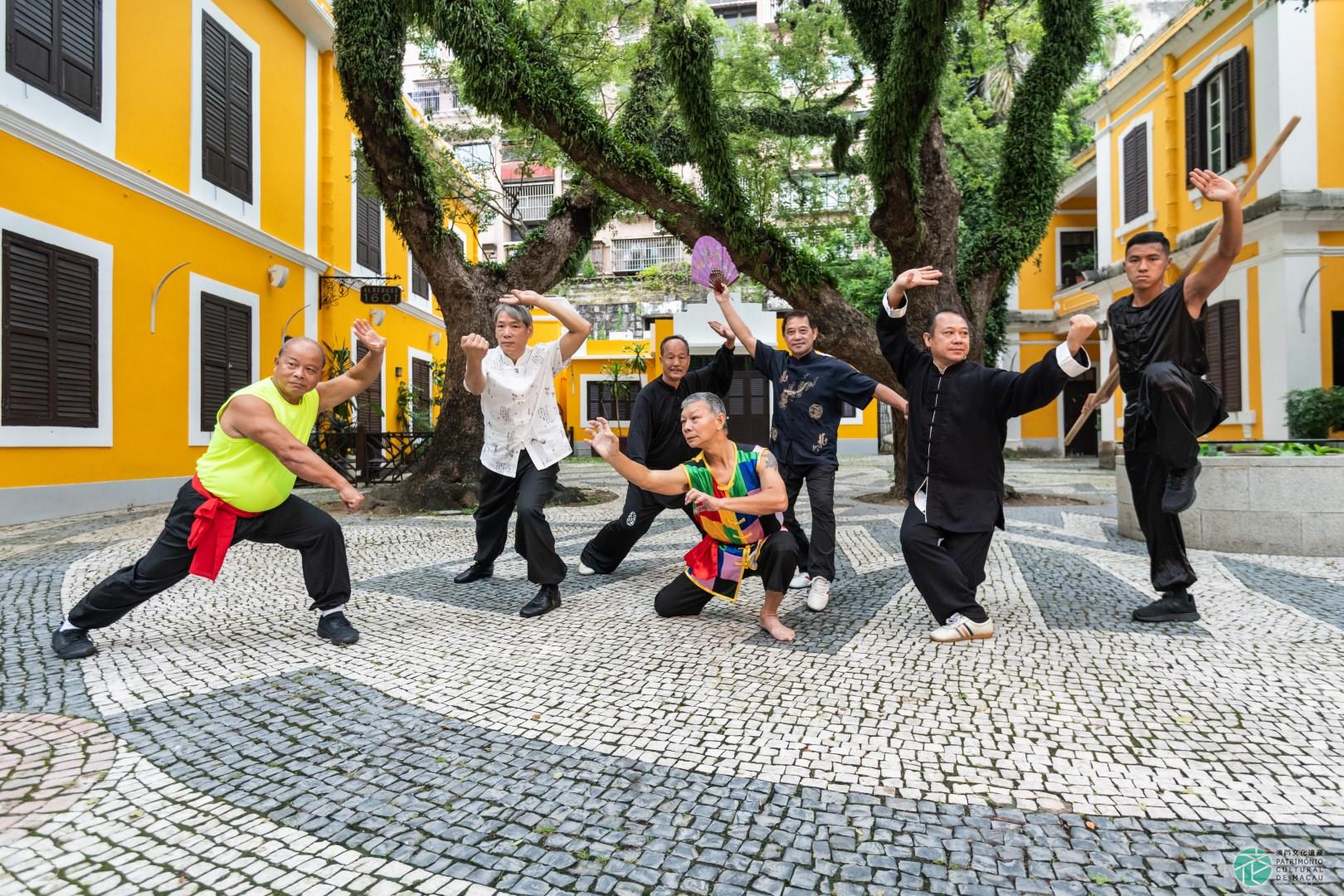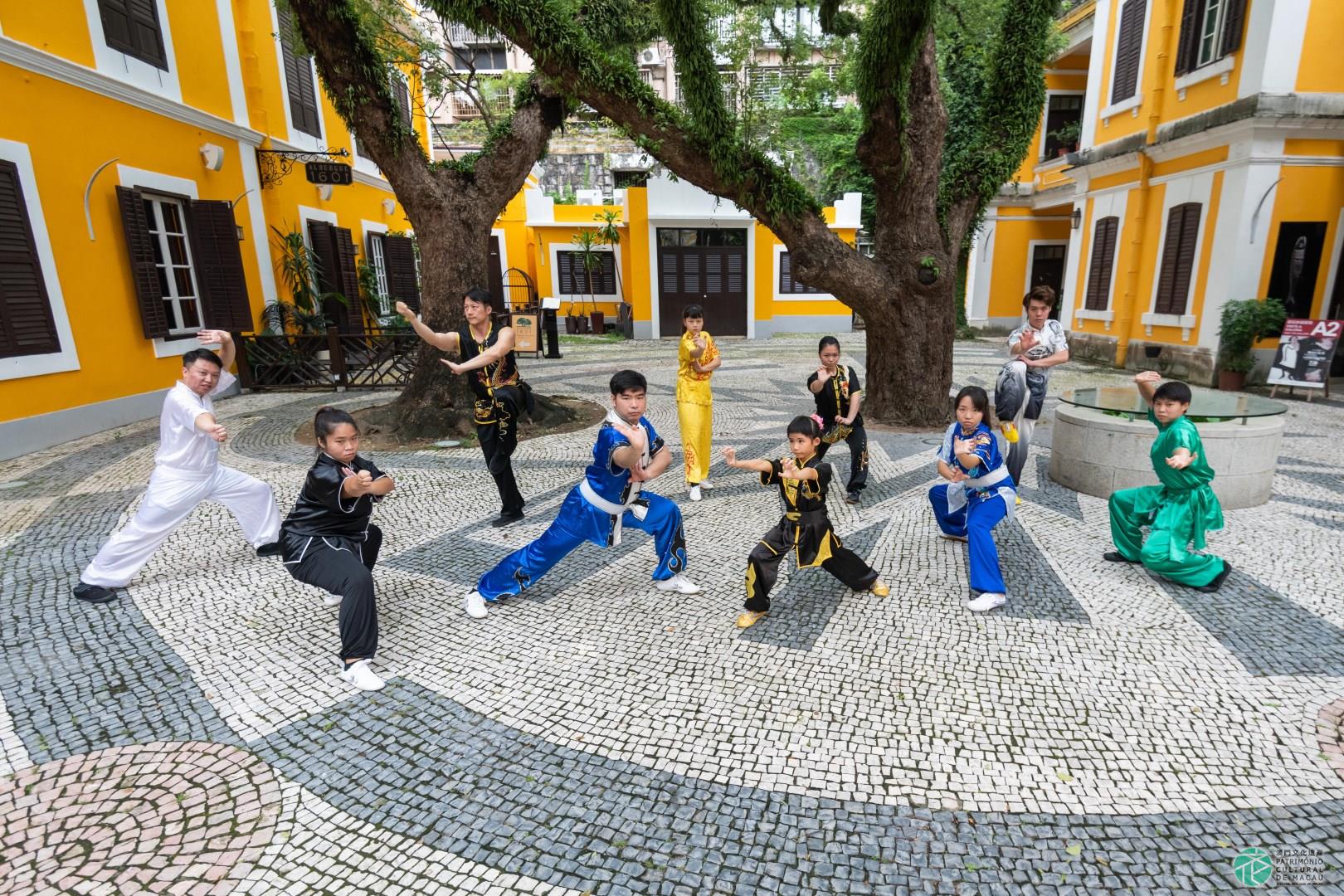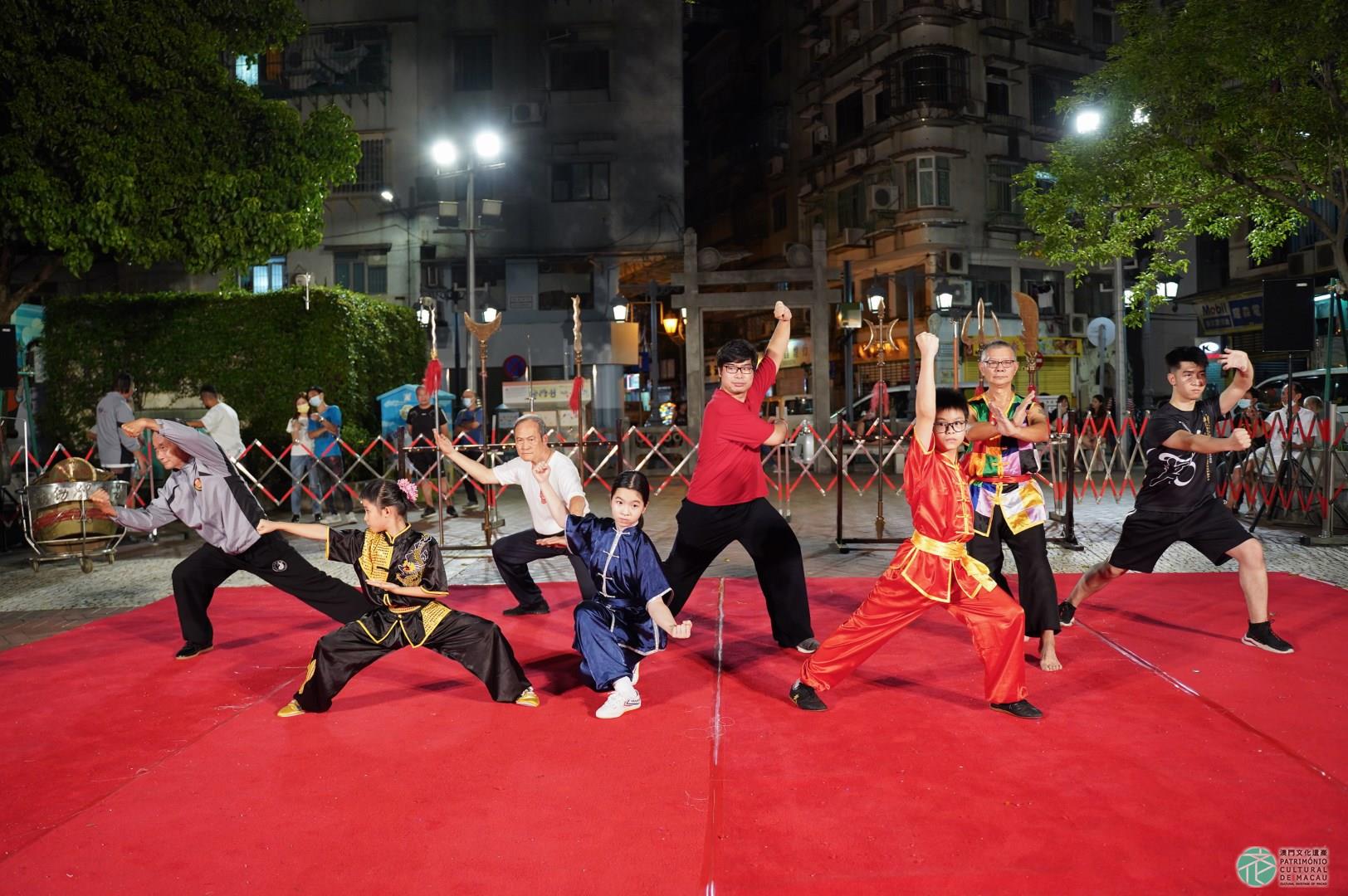Introduction:
Choi Lei Fat is a traditional Chinese martial art that is associated with fighting styles typical of the south of China (Nan Quan). Having originated in the Qing Dynasty, under the reign of the Daoguang Emperor, it was founded by Chan Heung, a native of Xinhui District, Guangdong province, combining characteristics from the Choi, Lei and Fat martial art styles. The Choi Lei Fat fist technique contains a variety of movements that highlight the combination of attack and defense, the agility and stability of footwork, and the combination of hard and soft stances. It also highlights the combination of sounds and movements to boost the energy and power of certain poses, with participants shouting when they articulate certain movements. The main styles and different schools of practice of Choi Lei Fat include Hung Sing (Great Victory), Hung Sing (Strong Winning) and Pak Sing. Choi Lei Fat is hugely popular, not only in Guangdong, Hong Kong and Macao, but also in Southeast Asia and internationally.
Conservation Status:
In the 1920s, people in Macao began to learn the Choi Lei Fat martial arts, mainly from martial arts groups and handed down by sports clubs. After the 1970s and 1980s, and taking into account the influence from professional groups from Mainland China, which greatly contributed towards the evolution and popularity of martial arts in Macao, Choi Lei Fat schools began to offer more classes and helped to further facilitate the participation of members in martial arts competitions, particularly in more recent years.
Heritage Value:
Choi Lei Fat is one of the traditional martial arts that is widely practiced in Macao, also serving as a good example about the transmission and continuity of Chinese martial arts culture. It emphasizes physical fitness, enables health benefits and helps to develop self-defense training, also representing important conceptual values, such as perseverance, and the sense of pursuit of truth and justice. Because of its cultural meaning, it is also essential for the understanding of traditional Chinese culture and thinking, integrating elements that are of significant value for cultural studies.


